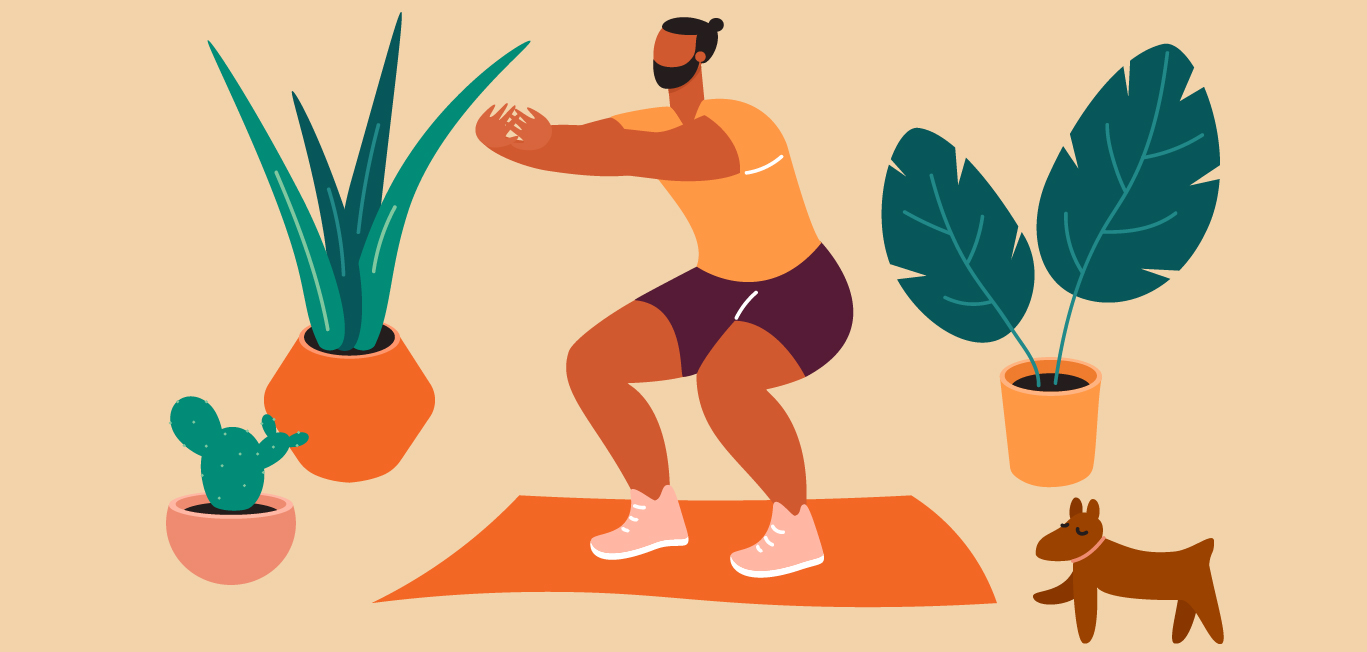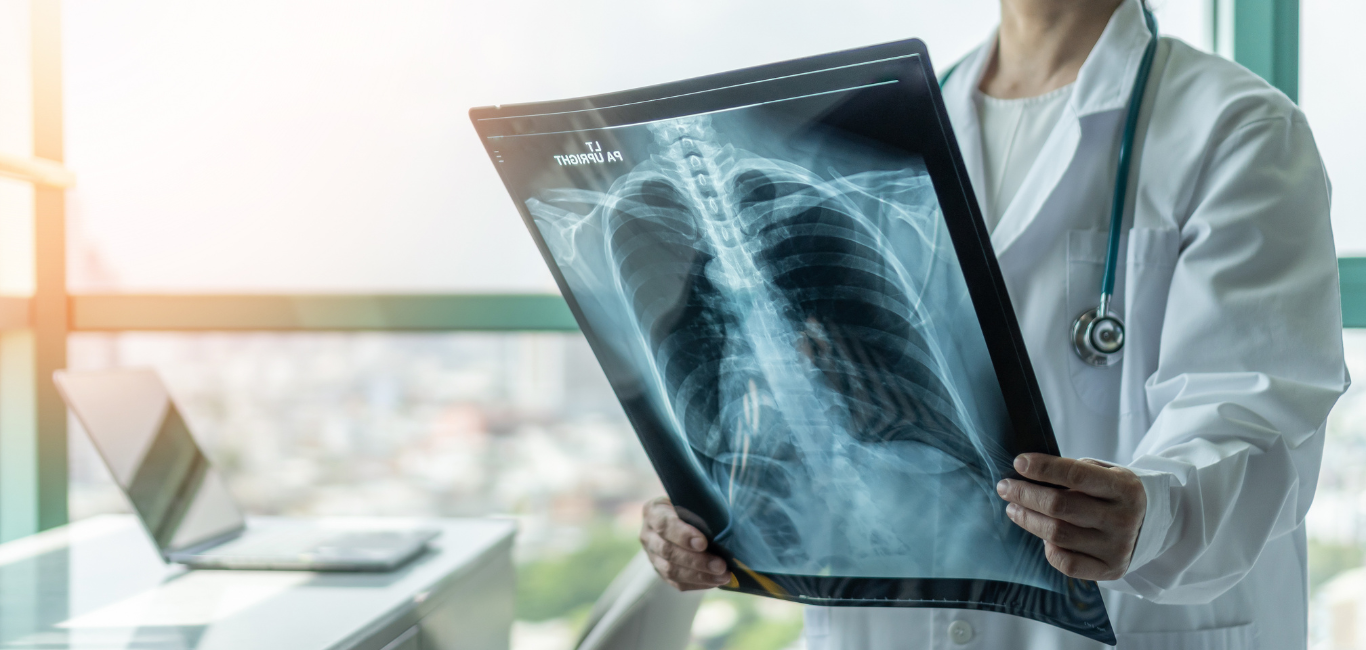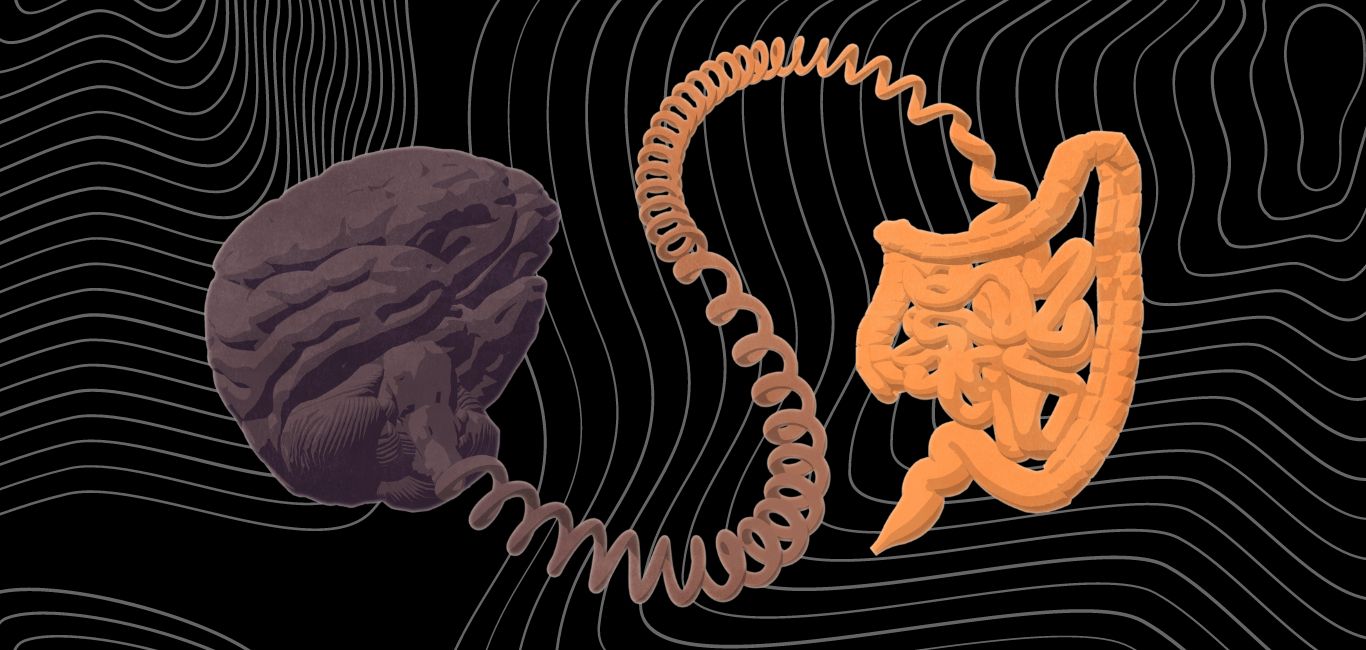
Regular exercise has long been praised as a key component of a healthy lifestyle: from strengthening our muscles and improving brain health to managing our weight, the positive effects of exercise on our bodies and minds are well established. However, there is one area where the effects of exercise are not fully understood: the gut.
Gut microbiota, the topic of numerous studies of late, have been linked to the brain, lung and other organs. Studies have indicated that any disruption to the delicate balance of this diverse population of microbes in the gut, can lead to worsening of many health conditions like obesity, Parkinson’s Disease and cancer.
These findings emphasise the importance of studying alterations in the gut microbiome.
Now, a study from the University of Calgary, Canada, has found that physical activity alters gut-microbiota and can be dependent on the body mass index (BMI) of an individual.
According to the lead author of the study, Shrushti Shah, a PhD student of Kinesiology, specialising in nutrition, metabolism, and genetics, previous research in this area focused on professional athletes whose high muscle mass, strict dietary regimen, and intense training may not be representative of the general population.
In contrast, the University of Calgary study focused on middle-aged individuals performing normal day-to-day physical activities with moderate intensity. “The gut microbiome of professional athletes and people who perform some form of physical activity [such as household chores, gardening, walking, jogging, biking and hiking] is quite different”, says Shah in an email exchange with Happiest Health.
Role of physical activity and BMI on the microbiome
“Encouragingly, the study found that physical activity of moderate duration [≥150 minutes per week] increased both the richness and diversity of the gut microbiomes compared to less exercise,” says Jane Shearer, PhD, a professor at the Faculty of Kinesiology and the Cumming School of Medicine, of the same university.
She adds that increasing exercise can improve microbiome diversity and recommends aiming for 150 minutes of moderate-intensity physical activity weekly.
In the study, researchers analysed stool samples of around 400 people to study their microbiomes. They also recorded body weight and hand-grip strength to gain additional insights.
Interestingly, the results showed that overweight participants had a greater microbial diversity than those with normal weight. While microbial diversity is considered a sign of better health, it is not the only metric that should be considered, according to the researchers. Additional studies will be needed to study the influence of specific strains of bacteria on the health of overweight individuals, they added.
“It was found that overweight individuals performing exercise for the same duration and intensity as normal weight [people] did not have similar beneficial results as their healthy counterparts,” Shah said. Further research is needed to determine the exact reason behind this, she added.
Take-home message
The study sheds light on the distinct changes in the microbiome of overweight individuals versus normal weight individuals. According to Chunlong Mu, PhD, a postdoctoral associate in Kinesiology, this is because “being overweight exerts its own influences on the gut microbiome independent of exercise. In this case, poor dietary habits outweigh some of the beneficial influences of exercise on the gut microbes.”
The study emphasised the significance of the type of physical activity performed. A moderate exercise routine provides more benefits compared to a more intense one that increases inflammation and hypoxia in the body, thus affecting the diversity of the microbiome.
In conclusion, the study showed that while diversity in the gut microbiome was dependent on the duration of exercise (>150 mins/week), changes in the microbial composition were dependent on the BMI of the person.
Future studies could include analysing gut health across populations outside Alberta, Canada to determine the effect of geography, ethnicity, and different dietary patterns on gut microbiome and exercise.
“The evidence so far indicates that the relationship between exercise and the gut microbiome is bidirectional; therefore, it would be of great interest to know the mechanism by which the observed gut microbial alterations occurred” concludes Shah.


















One Response
could not agree more